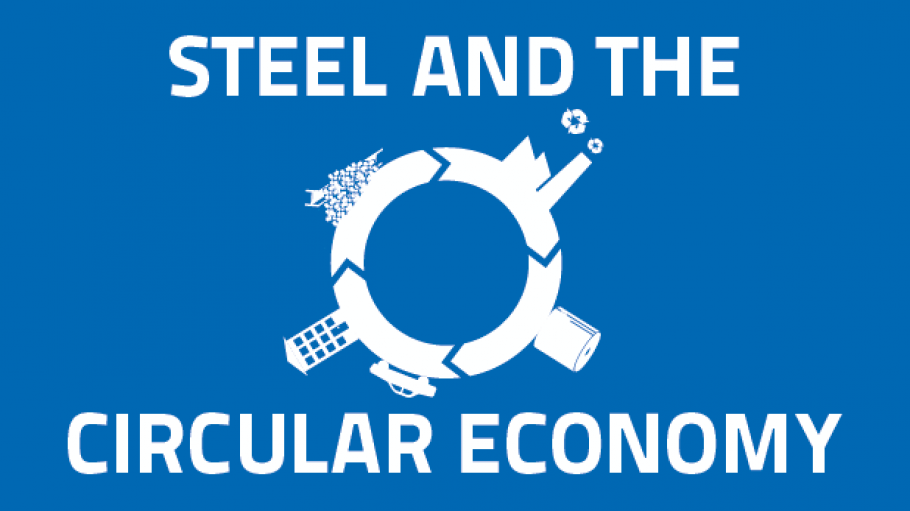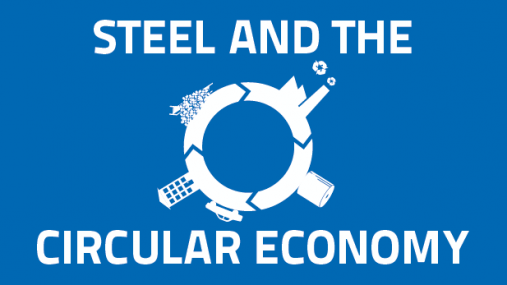
Publications » Brochures, booklets or fact-sheets » Steel and the circular economy
Steel and the circular economy
Downloads and links
Recent updates

Shaping the circular economy is an ongoing challenge. Achieving this objective is not possible without steel. The European Commission is expected to publish a package with proposals on the Circular Economy towards the end of 2015. This package will explain how the EU intends to deal with the need to transform Europe into a more competitive resource-efficient economy, addressing a range of issues, including reuse, recycling, and waste treatment.
Steel is a 100% recyclable, ‘permanent’ material, which loses none of its unique properties when properly processed. The European steel industry works hard to ensure that the steel it produces can be reused, recovered, and recycled. It also ensures that steel production’s by-products, such as slags and process, gases are put to the best possible uses.
The brochure provides recommendations to policy makers dealing with issues arising in the circular economy for the steel industry. It shows that steel can help mitigate CO2 emissions and help reduce product lifecycle emissions. Steel’s characteristic as a ‘permanent’ material means it can be easily reused and subsequently recycled in a constant loop.
To this end, the brochure proposes that the recycling definition in the EU’s waste legislation be adapted to properly meet the aspirations of the circular economy. Finally, it demonstrates the large degree to which steel production retains as much of the material created during steel production and is able to make use of its by-products.
As part of its commitment to underpinning the circular economy, the steel industry is constantly working on cleaner, resource-efficient solutions – as well as on an ever-expanding range of steel grades – ensuring that the average 170 million tonnes of steel it produces every year are ever more sustainable, useful and environmentally friendly.

Download this publication or visit associated links
A milestone occasion to quickly and effectively restore affordable electricity, to relaunch the
decarbonization and strengthen the international competitiveness of the European steel
industry.
Brussels, 02 December 2025 – Unchanged negative conditions – U.S. tariffs and trade disruptions, economic and geopolitical tensions, protracted weak demand and still high energy prices – continue to weigh on the European steel market. EUROFER’s latest Economic and Steel Market Outlook confirms for 2025 another recession in both apparent steel consumption (-0.2%, unchanged) and steel-using sectors (-0.5%, revised from -0.7%). A potential recovery is expected only in 2026 for the Steel Weighted Industrial Production index (SWIP) (+1.8%, stable) and for apparent steel consumption (+3%, slightly revised from +3.1%) – although consumption volumes would still remain well below pre-pandemic levels. Steel imports retained historically high shares (27%), while exports plummeted (-9%) in the first eight months of 2025.
Fourth quarter 2025 report. Data up to, and including, second quarter 2025